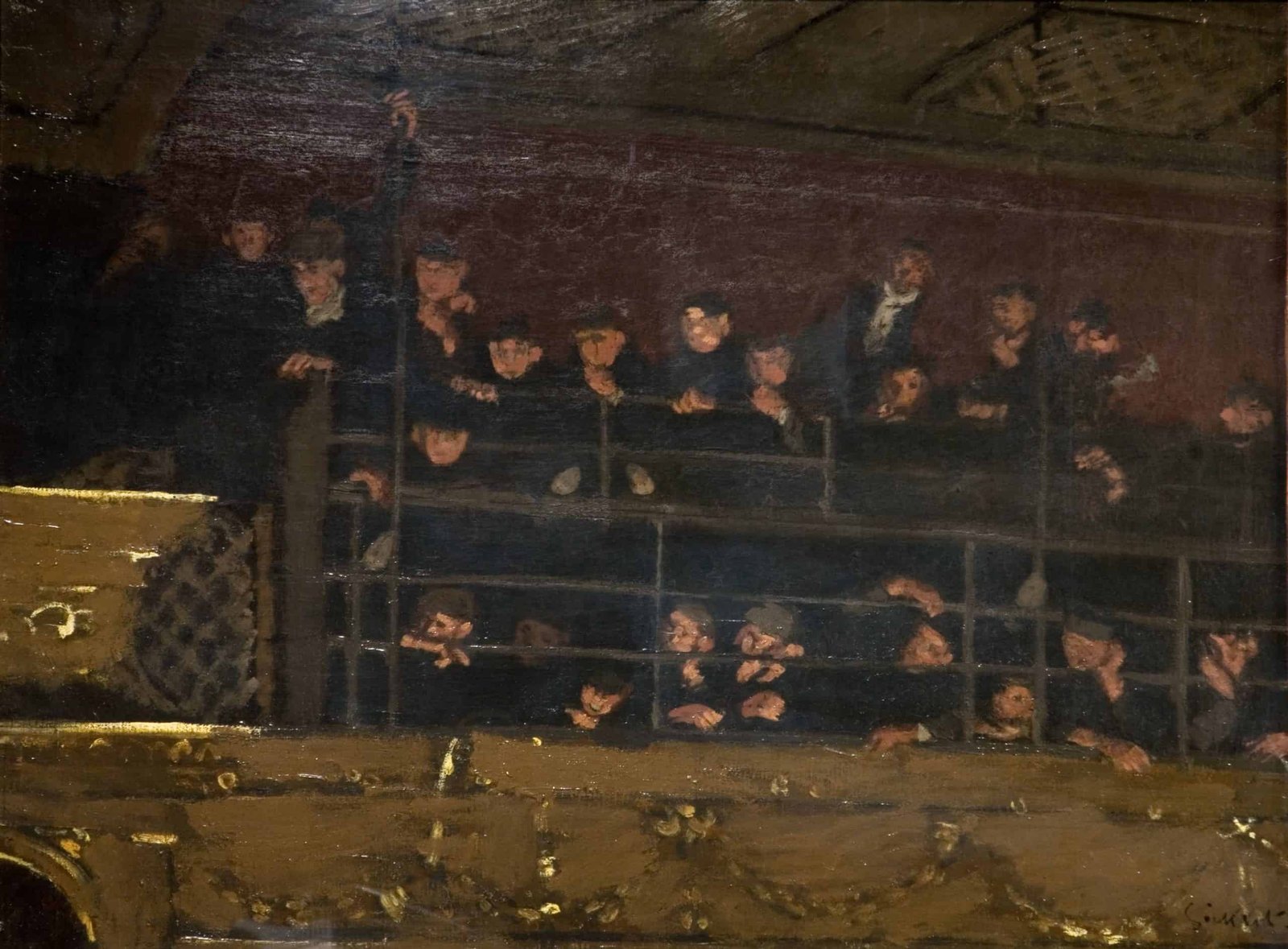The Walker Art Gallery will present a major exhibition of artwork by Walter Richard Sickert (1860-1942) from 18 September 2021 to 27 February 2022.
Sickert: A Life in Art will be the largest retrospective of the artist’s work to have been held in the UK for more than 30 years.
The exhibition will showcase around 100 loaned paintings and 200 drawings. The Walker holds 348 of the artist’s drawings, which is the largest collection in the world. Most of these have never been displayed before. Together, they demonstrate the varied, yet vital, role that drawing played in Sickert’s artistic practice.
Sickert is one of Britain’s most important artists, with a career spanning six decades. Born in Munich, Germany, he moved to Britain as a child in 1868. As a young artist, he worked as an apprentice to the American painter James Abbot McNeill Whistler (1834-1903) who, along with the French impressionist painter Edward Degas (1834-1917), greatly influenced Sickert’s early work.
Charlotte Keenan McDonald, Lead Curator of Fine Art (British Art), at the Walker Art Gallery, said: “Walter Richard Sickert was a radical painter, who determined to capture society as he saw it – regardless of whether this ‘rawness’ offended his audiences.
“He repeatedly reinvented himself, pushing his art in new and unexpected directions. He sought to combine a technical interest in painting with his conviction that art should reflect the modern world. Visitors to the exhibition will experience first-hand how Sickert chronicled Britain during a period of rapid change through an outstanding and uncompromising body of work.”
The exhibition will feature a number of the artist’s depictions of London’s music halls, which shocked audiences at the time. The music hall’s working-class roots, association with heavy drinking and the innuendo of its performances, played upon Victorian anxieties. In documenting them, Sickert knowingly engaged with the public debate around morality, sex and class.

Also on display will be four of the six large-scale paintings commissioned for the dining room at the Hôtel de la Plage in Dieppe, Northern France, in 1902. The hotel owner was unhappy with the finished works and quickly sold them on separately. The paintings, which will be brought together for the first time since the early 1900s, are now considered to be among Sickert’s greatest artistic achievements.
Sickert famously became a leading influence within the Camden Town Group (1911-12), a group of artists mainly based in Camden, London, who made urban modernity the subject of their art. The exhibition will showcase some of the artist’s most iconic and controversial paintings from this period, including a series of nudes.
The exhibition will also explore the vital role that Sickert’s third wife, Thérèse Lessore (1884-1945), played in his later paintings. An established artist in her own right, her creative, collaborative role has traditionally been overlooked. It is believed that Lessore may have helped to complete some of Sickert’s paintings when he was unable to do so himself, shortly before his death in 1942.
Tickets for Sickert: A Life in Art are now on sale. Adult tickets are priced at £12, concession rates apply and members receive free entry to the exhibition.
For further information, and to book tickets, visit liverpoolmuseums.org.uk/sickert
Main image Birmingham Museums Trust










